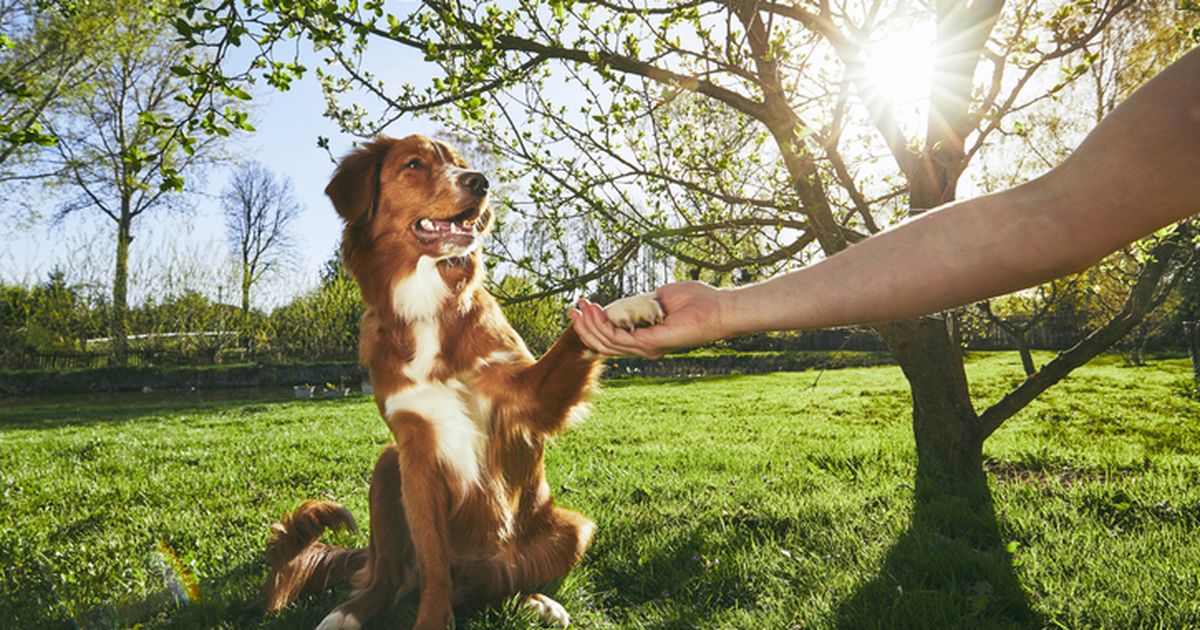Top Dog Training Mistakes to Avoid for Better Results
Top Dog Training Mistakes to Avoid for Better Results
Blog Article
The Ultimate Guide to Pet Training: Change Your Family pet's Behavior
Effective dog training is crucial for cultivating an unified relationship between pet dogs and their proprietors. The intricacies of canine behavior and the execution of organized training techniques play a crucial duty in this process. By understanding the concepts of favorable support, consistency, and socialization, pet owners can browse usual difficulties that emerge during training. This overview not just aims to outfit you with the needed tools to change your canine's actions however also welcomes you to explore just how these foundational principles can cause a much deeper connection with your pet dog. What may be the very first step in this transformative trip?
Understanding Canine Actions
Comprehending pet actions is important for efficient training and an unified partnership in between dogs and their owners. A canine's habits is influenced by a mix of genes, atmosphere, and experiences. Dog training. Identifying these variables permits proprietors to customize their training approaches to fulfill the individual needs of their animals
Canines interact mainly with body movement, articulations, and faces. A wagging tail can suggest excitement or happiness, while a tucked tail might signify anxiety or entry. Observing these signs makes it possible for proprietors to react properly, strengthening positive behaviors and dealing with negative ones effectively.
In addition, comprehending the social structure of canines can offer understandings into their actions. Pet dogs are pack animals, and they prosper in an organized environment. Establishing regular rules and clear borders can avoid complication and promote a feeling of safety and security.
In addition, acknowledging the all-natural instincts of pets, such as need to go after or dig, is vital. These instincts can be redirected via suitable electrical outlets, such as play or exercise. By thoroughly recognizing these behavioral elements, proprietors can foster a positive training experience, inevitably leading to a loyal and well-adjusted canine companion.
Vital Educating Techniques
Effective pet dog training counts on a variety of necessary strategies that can considerably improve the understanding procedure for both the proprietor and the pet. One basic technique declares reinforcement, which includes rewarding preferable behaviors with deals with, appreciation, or playtime. This method motivates pet dogs to duplicate the actions that bring about favorable end results, fostering a trusting relationship between the animal and owner.
One more secret method is consistency in commands and expectations. Utilizing the exact same verbal cues and hand signals helps the canine understand what is needed, reducing confusion and promoting quicker learning. Additionally, developing clear borders and regulations is crucial for effective interaction.
Socializing is likewise a necessary element of training. Subjecting canines to different environments, individuals, and various other animals helps them develop ideal social abilities and minimizes stress and anxiety in unfamiliar situations.
Last but not least, perseverance and timing are crucial. Training sessions need to be constant however brief, ensuring that the pet stays engaged and responsive. By utilizing these important strategies, proprietors can create a organized and positive training experience that promotes great behavior and reinforces the bond with their canine buddies.
Creating an Educating Schedule
Just how can a well-structured training routine boost a pet dog's learning experience? A training timetable offers uniformity, making sure that canines obtain routine, concentrated direction. This predictability aids canines recognize what is expected of them, enhancing their learning and enabling far better retention of actions and commands.
When creating a training routine, it is essential to think about the dog's age, breed, and specific temperament. Young pups might take advantage of much shorter, extra frequent sessions, while grown-up pets may prosper with longer, much less constant training periods. Including a variety of activities can likewise maintain the sessions involving, avoiding monotony and advertising excitement for learning.
Furthermore, organizing training her comment is here sessions at details times of the day can help solidify a routine. As an example, combining training with day-to-day strolls or play can create a positive association with knowing. It is also essential to include time for reinforcement, such as treats or praise, to award preferred habits quickly.
Finally, versatility is crucial. While uniformity is crucial, being versatile to the pet dog's state of mind or energy level can enhance their knowing experience. A well-crafted training schedule ultimately lays the foundation for effective interaction and a more powerful bond in between the pet dog and proprietor.
Typical Training Challenges
Despite having a well-structured training timetable, pet proprietors commonly come across different obstacles throughout the training process. One common concern is variance in cues and commands. When multiple household participants utilize different terms or tones, a pet might end up being confused, preventing its capacity to click here for info discover effectively.
An additional regular challenge is distraction. Dog training. Pets are naturally curious animals, and outside stimulations such as various other animals, sounds, or people can divert their attention throughout training sessions. This requires proprietors to produce a regulated atmosphere or gradually present interruptions to reinforce emphasis
Additionally, differing energy degrees can impact training end results. High-energy canines might have a hard time to settle down and focus, while more easygoing breeds may need extra inspiration to engage. Customizing the training method to fit the specific canine's personality is vital for success.

Building a Solid Bond
A solid bond in between a dog and its owner is vital for effective training and total well-being. Dog training. This relationship promotes depend on, which is critical for effective communication during the training process. When a canine feels safe and linked to its proprietor, it is most likely to respond favorably to commands and cues
To build this bond, consistency is essential. Establishing a routine that includes regular feeding, exercise, and training sessions aids develop a feeling of security. In addition, favorable support methods, such as treats, praise, and play, reinforce desired behaviors while strengthening the psychological link.
Socializing is one more crucial element of bond-building. Exposing your dog to different settings, individuals, and other animals helps them really feel extra confident and comfy, boosting the bond with their proprietor. Engaging in activities with each other, such as strolling, playing fetch, or participating in obedience training, advertises team effort and shared enjoyment.
Verdict

Understanding pet dog behavior is necessary for effective training and an unified connection in between dogs and their proprietors.Reliable canine training depends on a selection of necessary techniques that can substantially enhance the knowing procedure for both the dog and the proprietor.In spite of having a well-structured training routine, pet owners usually encounter different obstacles throughout the training process.In conclusion, efficient dog training relies on a detailed understanding of canine actions, the application of essential techniques, and the establishment of a structured training routine. By stressing favorable support and uniformity, dog owners can significantly enhance their animals' habits, eventually making sure an unified partnership and advertising the health of both the pet and its setting.
Report this page